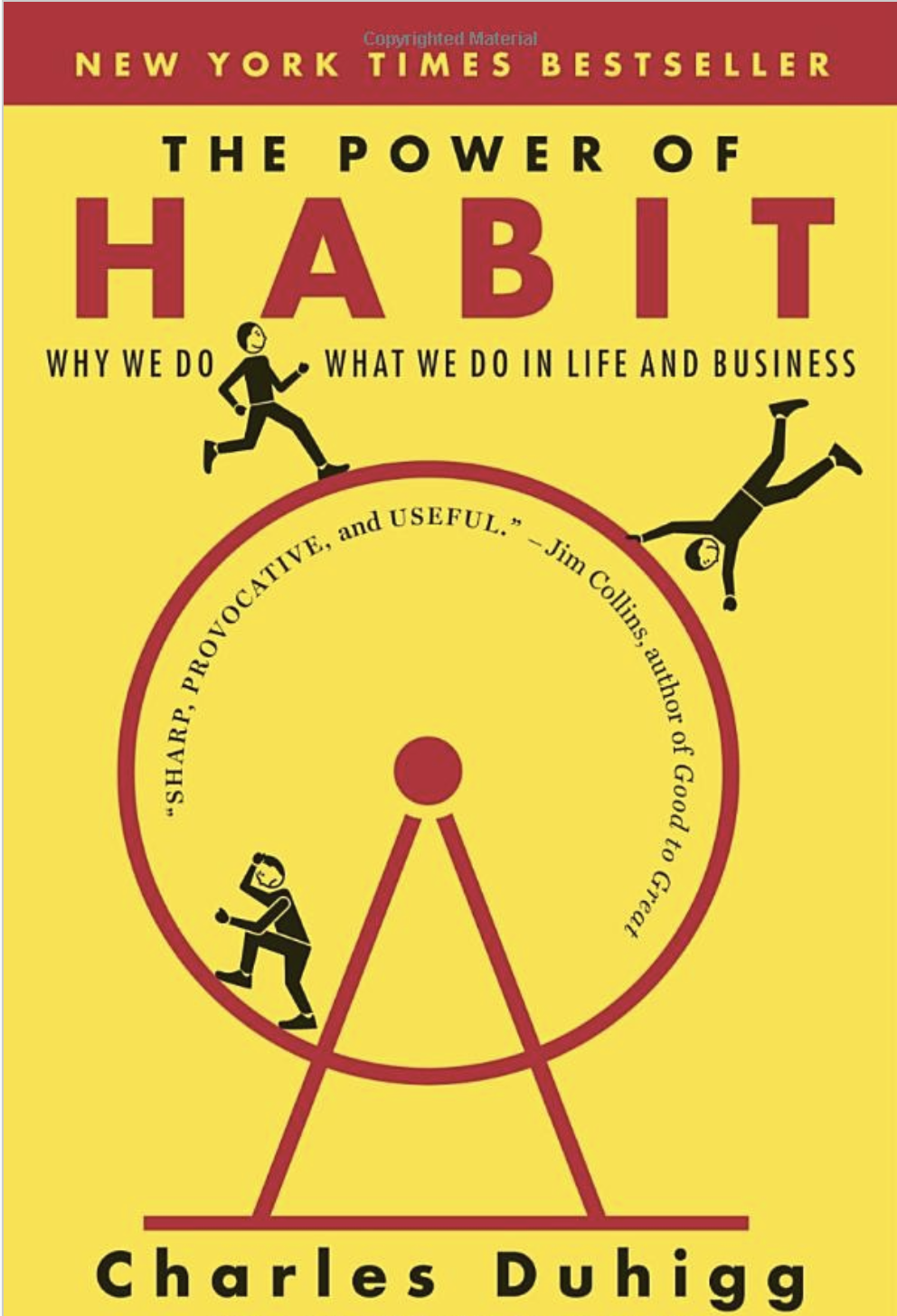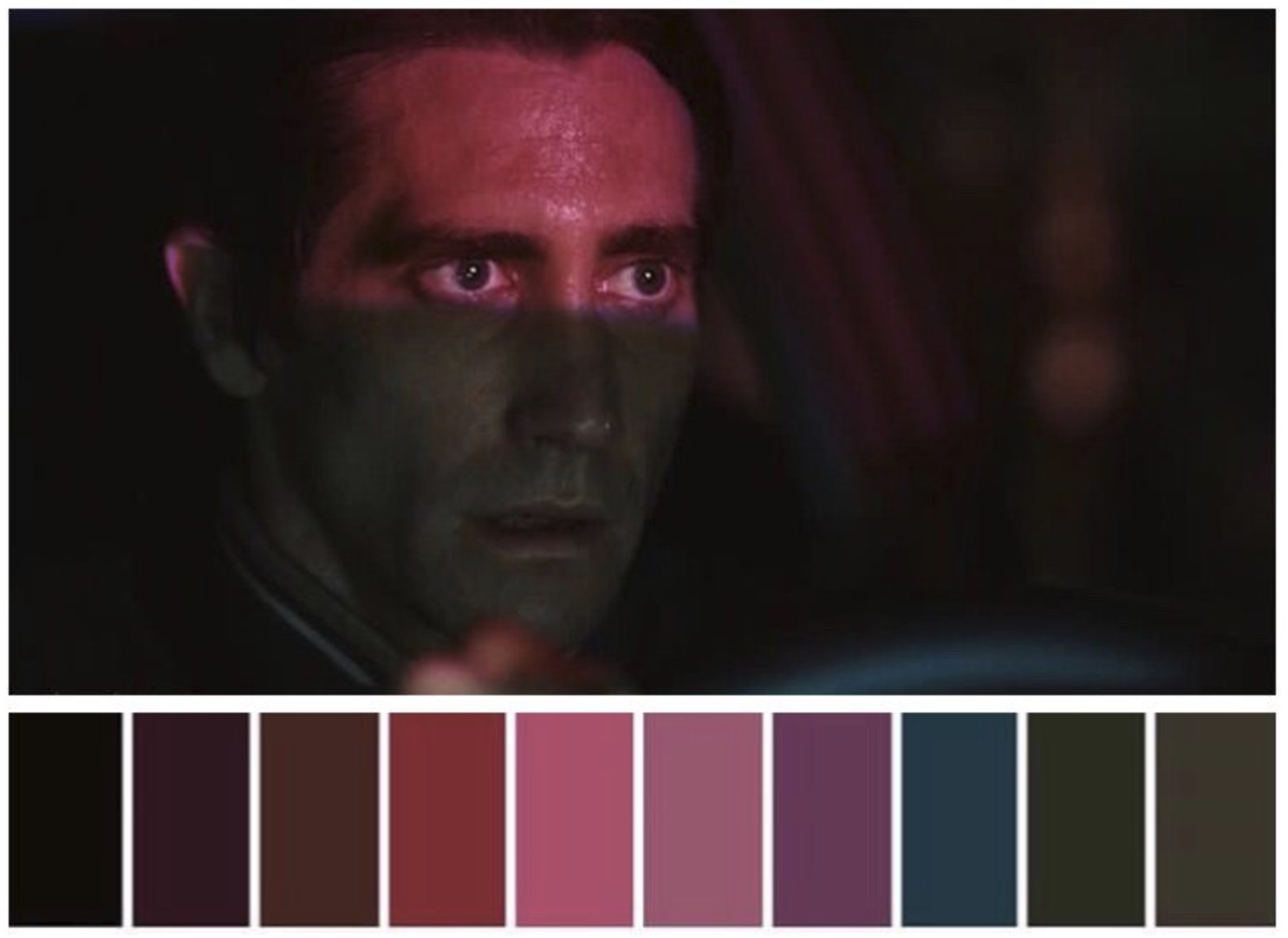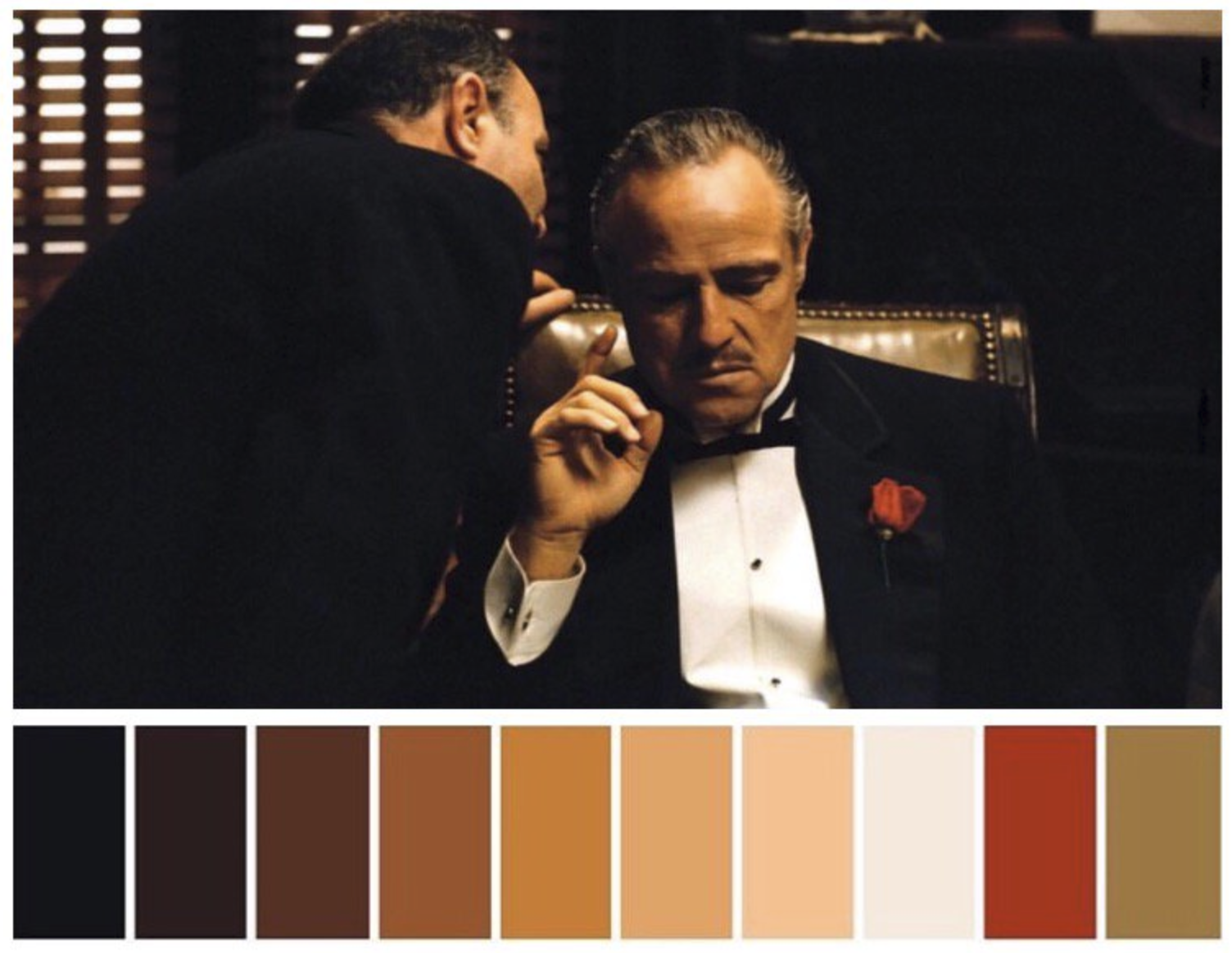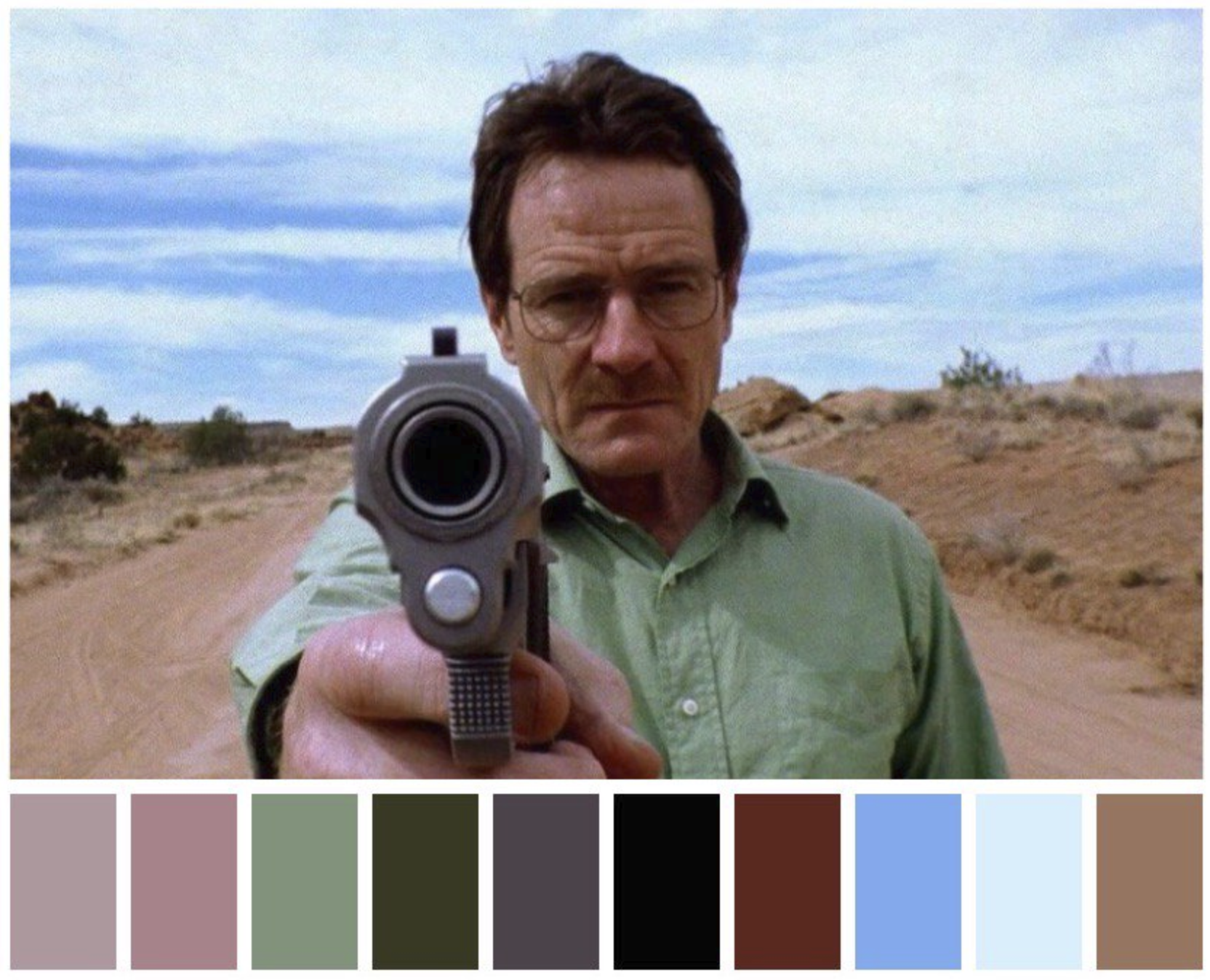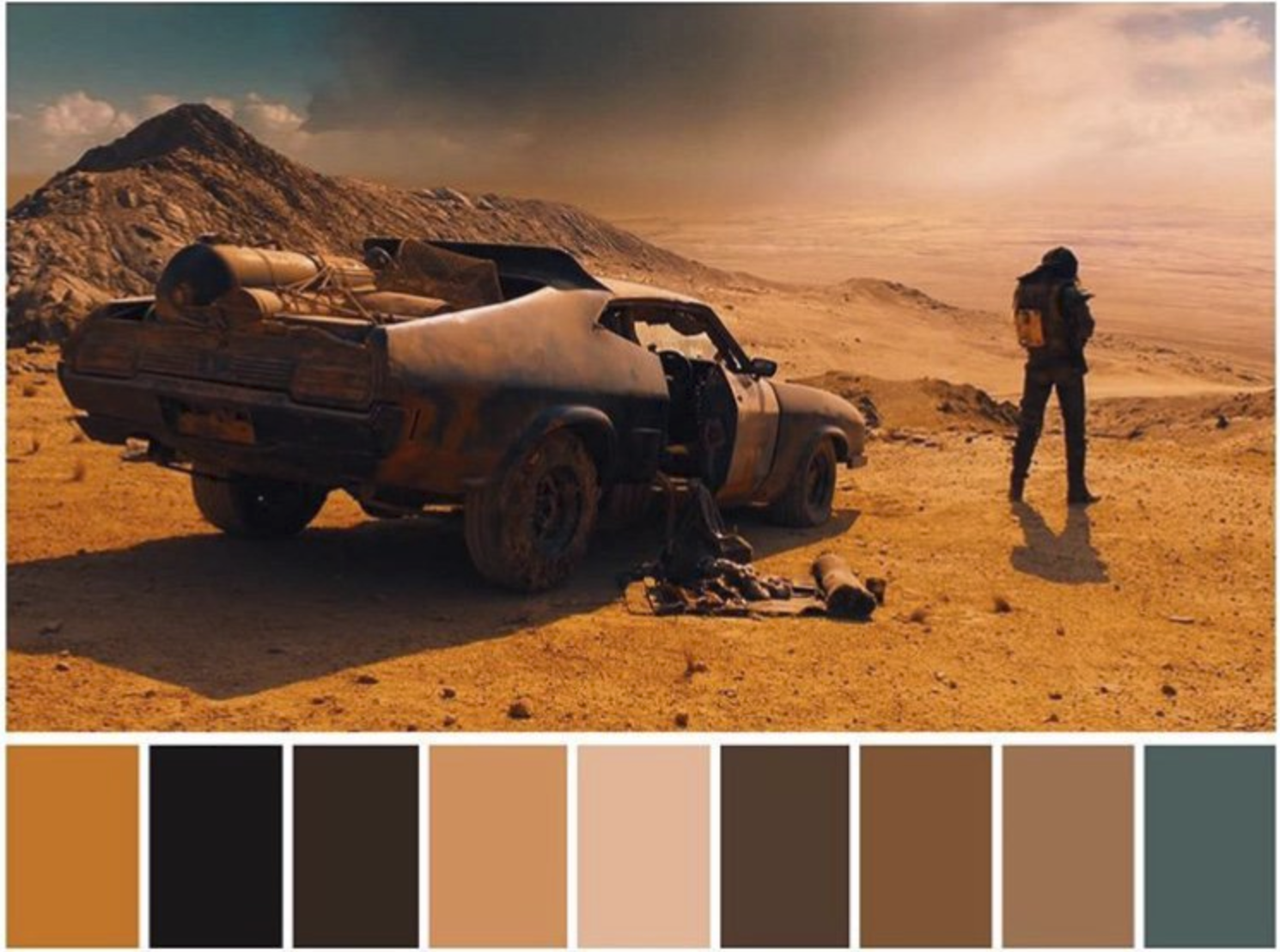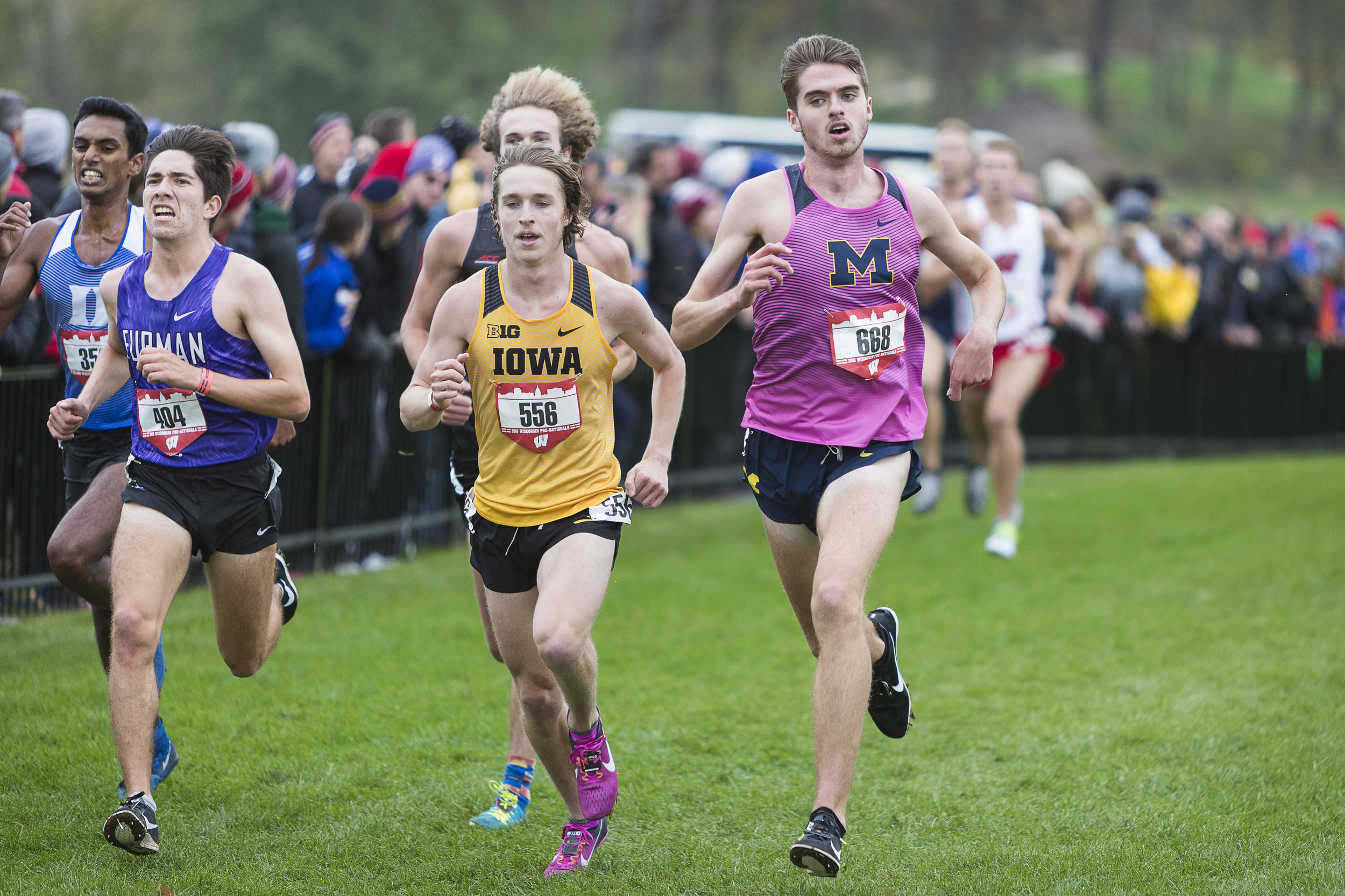The science is out there: Your cell phone is ruining your memory… but don’t worry, thinking like a photojournalist when you take pictures can change all that.
MYELINATION + BREAKING YOUR BAD CREATIVE HABITS
We humans, big hairless apes that we are, have become proficient over millenia at a great many things – crafting tools, harnessing nature... you get the picture. But we’re also adept at something you might not even actively think about: HABITS.
This is your brain on habits. [I mean… not literally YOUR brain. But yours probably isn’t all that different from this fella’s.]
For better AND worse, our big human brains are very, very good at linking stimulus, response, and reward through connections in our brain called neurons. And, through a wild process called myelination, the neurons that “fire together” end up “wiring together”, making that connection stronger over time.
Basically, if your brain activates in certain areas at the same time enough times, it wants to save energy and make it easier the next time those neurons fire at the same time. There is some really incredible research going on right now on how this process of strengthening connections shapes diseases such as depression and anxiety, but we won’t go too far down the rabbit hole on that.
You’re probably wondering, what the hell I’m on about and how I’ll bring this back to photography. Stay with me. So, what does myelination have to do with habits? Like a neuronal pathway, the more you follow the action of a habit (again, both good ones and bad ones) the stronger that connection gets over time. The same holds true when we’re taking photos – how we shoot drives and dictates how we’re GOING to shoot in the future.
Now that isn’t to say that one should reinvent the wheel every time you pick up your DSLR or your camera-phone. Keeping a consistent look and overall feel in your work is a must as a professional (more on that in an upcoming article). What I’m really trying to stress here is to not switch over to autopilot, and unconsciously, habitually capture photos. Your brain is basically subconsciously going: “Well, I’ve shot in this venue before with this lens and gotten this result … so why don’t I play it safe and do the same this time.” I know for a fact I’ve been guilty of this exact thought process.
Just a few months back, I was on assignment taking a portrait of a U.S. Attorney working here in Madison on human trafficking. While I was waiting around for the individual to arrive for our brief portrait session, I scoured the area to think of a good way to capture her image in a short amount of time. My mind first, habitually, gravitated to the front of the building at 35mm and frame her between the two major pillars of the Courthouse building. Essentially, where my brain went right away was myelination in action. With the benefit of hindsight, I can look back at countless quick portrait assignments where I took the same tack, and went to capture the photo that SAME WAY.
So what did I do next. Here’s the really critical part: I stored that photo idea away, mentally labeled it the “safe shot” and proactively did everything in my power to come up with two other portrait ideas/styles that bore ZERO resemblance to the safe, habitual choice. The first alt angle I took was to go into a unique location. I wasn’t able to shoot inside the building, being a federal courthouse and all, BUT, there wasn’t anything wrong with shooting inside the revolving door of the building. And after tweaking my positioning to avoid being directly in the reflection of the glass, I was able to get this really stark portrait of Attorney Pfluger.
Prosecutor Julie Pfluger poses for a portrait outside the US District Court for the Western District of Wisconsin, Monday, November 20, 2017.
So, what other things can we do to get away from our silly brain’s tendency to take the energetically simplest route and follow our photographic habits? Well, as stupid and corny as it sounds, knowing is half the battle. Seriously. Think about it.
Now we know from learning about myelination that we are literally in direct control of changing and adapting our brains, changing real life outcomes. The best way to break out of old photo habits? Break those “wired together” neuronal pathways and DO SHIT DIFFERENTLY. Ever shoot portraits with a 400mm telephoto lens? Ever walk up to a total stranger on the street and capture their image? Ever get uncomfortably close to the subject of your photos? You’ll never wire new connections if all you do is think through it. Different and better results come from taking action. It’s your brain chemistry; don’t let it get in the way of you creating your best photography.
As you might have noticed, neuroscience/chemistry/all that holds a pretty special place in my life, even now as a professional visual journalist. I’m working a number of other articles that look at some of the scientific principles behind photography and making meaningful creative work. So, if you enjoyed this and want to see more, let me know in the comments!
So, my question to you all to wrap up today’s article is: What’s your worst photo habit? Tell me in the comment section or tag your Instagram Story using the hashtag #photoforwardmedia and I’ll share some of my favorite responses!
Cheers,
-Ben
THE DARK SIDE OF LOVING YOUR WORK
Work truisms: You hear them all the time. “Follow your passion”…. “When you love what you do, you’ll never work a day in your life.” Pardon my French, but I think that’s bullshit – It’s not that simple. That can take you down a dark path, all the while thinking that everything’s going just peachy. As they say, “The road to hell is paved with good intentions.” Let me explain.
I’m not railing on, and I’m far from arguing against finding fulfillment in your job. What I do believe is that loving what you do, or making your passion your profession can be a double-edged sword – one that rears its ugly head in three big ways: not being able to “turn it off”, work life (counter)-balance, and—you guessed it—burnout. Let’s just dive right in.
Let’s say you work in the medical field. Chances are pretty good that once you punch the clock at the end of the day or the end of the week, you’re able to comfortably detach from your business self. You’re probably not diagnosing strangers you run into into in your personal life. And you’re likely not diagramming past/future procedures in your head in your free time.
But as a photographer, that’s damn near all I’m doing in my “free time” — if I’m not diligent about my mindset and headspace after my day job is done.
^ Case in point, how much I love the account CinemaPalettes for inspiration: @ColorsEffect ^
Think about how ubiquitous photography has become in our daily lives. Even if we ignore the fact that each of us always has a fully-functional camera in our pockets, every Instagram post, every ad campaign, every YouTube video is just one dot in a sea of visual communication. I see a well-shot commercial and I think, “Hmm, which focal length are they using to achieve that perspective?” or “Oh, I love the way that portrait captures that subject’s expression, what lighting set-up and color temperature did they incorporate there to make me feel something?” I’ve been asked why I seem distracted in conversations… Well, I might be focusing on how the light is striking your face in just the right intensity, at just the right angle, with just the right background. And I can’t help myself from wanting to pull out my camera and capture that exact moment the way it exists in my mind’s eye. In short, I really struggle to “turn it off” in my everyday life. Because I care so deeply about what I do. I’ve made my passion my profession, and I love to feel that passion whenever I can.
There’s a prevailing wisdom that one should strive to lead a “balanced” life, where no particular part of your life takes over too much of any other. Sounds nice in theory, right? But treating all things with equal time and energy implies that everything in life or work has equal value–which is quite clearly untrue. This is the crux of a critical chapter in the brilliant work “The One Thing: The Surprisingly Simple Truth Behind Extraordinary Results” by real estate giants Gary Keller and Jay Papasan – The Lie of Living a Balanced Life. The chapter goes on to say:
Unfortunately, living life in the middle guarantees that you won’t be able to focus on what matters most. By trying to keep everything on level ground, nothing will get your full attention. The middle is mundane. This is one of the biggest flaws of the concept of a balanced life. We think we need to be in the middle at all times. What this philosophy doesn’t account for are the moments when we need to step away from the middle in order to accomplish big goals. Things will naturally go out of balance when you are going after the things that matter most in your life.
When your passion is your profession, it becomes necessary (not just recommended) to be crystal clear what your priorities and definitions of success in your life look like – And communicate it openly and voraciously to those in your life. Not only that, but, because passion can be so encompassing and intoxicating, you have to stay vigilant and deeply aware to every facet of your life – mental health, physical health, relationship health… the list goes on. Because I care so deeply about what I do, my work-life pendulum will inevitably swing too aggressively to the “work” side. There’s nothing inherently wrong about devoting myself to my work, but when it becomes habitual and at the neglect of my other definitions of “success”, it ceases to be a useful tactic.
And now the one you’ve all been waiting for, the big one that almost every freelancer has had a run-in with at some point — Burnout. When the pot of “not turning it off” and poor work-life balance boil over, chances are pretty good that you’ll find yourself face to face with a very real combination of exhaustion, frustration, and lack of creativity. And boy does it hit hard and fast. Now, if you work in a more transactional profession, burnout is no less real, but the release valves for those feelings is a bit more obvious – Spend more time with friends and family to encourage a healthier support network away from work, or consider a change of employer to help find a better work-life management strategy.
All of that is well and good, but those strategies fall apart when you’re a freelancer or an independent creator. Think about it. When I introduce myself and people ask what I do, I’ve only got one answer – “Hi there. I’m Ben, and I’m a photojournalist.” As creatives, what we do BECOMES who we are.
So each day I spend not taking pictures becomes another day of literally questioning my identity. “How can I call myself a photographer if I’m not shooting photos? How can I call myself a journalist if I’m not creating and discovering unique stories?” Because our work light us up and often becomes us, the very idea of taking time away from one’s work as a creative becomes a self-defeating prospect: I may have more time to devote to my personal life, but at what cost to my identity [Note: I will say here, this mindset around “what you do becoming who you are” is something I struggle with constantly and I suspect I’m not the only one who feels this. While my attitude on this oscillates over time, I’m currently of the opinion that it’s a dangerous mindset to carry with you and ultimately problematic when things don’t go your way (as they often do). I’ll leave my thoughts on this relatively brief – I think this deserves its own post / greater discussion, but I wanted to ensure I touched on this in relation to feelings of burnout.]
And secondly, think about the other change of circumstance that traditional employees use to relieve feelings of burnout – a change of employer or position within a company. Welp. As a freelancer, not only are you your own direct report, you’re the CEO, CTO, and CFO all rolled into a Small Business TurDuckEn. In a brilliantly simple blog post from 2010, the marketing legend Seth Godin talks about this irony of the self-managed freelancer struggling with having the World’s Worst Boss (Yourself):
If you had a manager that talked to you the way you talked to you, you’d quit. If you had a boss that wasted as much of your time as you do, they’d fire her. If an organization developed its employees as poorly as you are developing yourself, it would soon go under.
Woof – How’s that for a gut check. The truth hurts, but that truth has power: Because you know yourself better than anyone, whether you’re a freelancer, solo-preneur, or owner/operator, you MUST manage yourself as well (or better) than anyone else ever could. While stepping away from your freelance business to manage burnout is incredibly difficult, it’s also critical because of the sheer level of responsibility (as CEO, CTO, CFO, etc…) that we’re undertaking.
So, where do we go from here? Would I, knowing what I know now about the nature of my work and what it takes to be a visual storyteller, go back to high school and do it all over again? You’re goddamn right I would. But I know I can’t get suckered into living an accidental life; a mindful, purposeful life is the only way when your work is your calling. Pursuing your passion as your profession (regardless of the field) is fraught with physical, mental, and emotional hurdles – but, for me – every ounce of struggle is worth every pound of joy.
COMPARE AND DESPAIR
Lens Envy. Lamenting the moment another photographer got at an event you covered. Pining over a portfolio of a veteran photographer and going, “God. I’ll never get there, his/her stuff is just so good.” The trifecta of equipment, coverage, and body of work. But really, it’s three symptoms of the same disease: Comparison
Since my early days shooting at the CdA Press and being shown the work of some greats in the Pacific Northwest (Brian + Kathy Plonka, Joshua Trujillo, Shawn Gust, just to name a few) How did they shoot that? How did they find that story? And How did they put it all together into this incredible body of work? Now before you get all Caddyshack on me…
Yes, I know there is value in staying educated on other photographers (and visual artists in general) both past and present. There is nothing wrong with creative inspiration or simply taking the pulse of our field and seeing what work is produced on what subjects, with what style, on what platforms.
But where this awareness turns into the disease of comparison is when it goes from the objective (this work is out there, it intrigues me) to the subjects (this is better than my work, it upsets me). And once that switch flips into the subjective, the floodgates open and the Four Horsemen of creative work arrive – Doubt, Pain, Self-Worth, and Shame. “I don’t know if I’ll make it as a creative.” “It hurts to be passed up for an assignment and see someone else kill it.” “I suck.” and “My portfolio is shit compared to them.”
You might be wondering “Where is all of this coming from, Ben? You seem to be doing okay in your career?” The Four Horsemen of Comparison don’t care how many gigs you’ve booked, how many Instagram followers you have, or how good, objectively, your portfolio actually is.
I’m sitting down to write this post because I got paid an unexpected vision from those four bastards not long ago.
I was assigned to go shoot a Division I NCAA Cross Country meet here in Madison for the University of Michigan. When I got the call, I was pretty pumped; I hadn’t shot a great deal of sports since my time in Salt Lake City in 2013, and I’d been getting the itch to get back into it (Thanks, Universe!) As a freelancer, I’m very much in the unenviable position of making my great last as long as possible, while not being hampered by it to the point of losing opportunities — the photographer’s Catch-22. [My gear of a 5D Mark III, 1D Mark IV, 16-35mm, 50mm, and 70-200mm is by no means unusable, but it’s hard to argue it isn’t getting a little long in the tooth.] Hello, Doubt.
Soon after I arrived at the meet, I ran into a friend of mine who’s recently started as the Sports Photographer for UW-Madison Athletic Department … and his 1DX’s, 400mm 2.8 lens and array of gear. *gulp* Not to mention his student assistant helping to schlep gear and golf cart around access to get around the 8K course.
It was a hell of a long day of shooting and I was pretty damn happy with what I was able to produce while walking/running 8 miles of my own to catch all of the action. (If I’m being honest...On top of being a little out of practice shooting that level and pace of sports!)
But as I looked through the Instagram post of the other photographer’s work and top selects from the day… Oh man, did my stomach drop. Perfect peak action/jubilation shots, tack-sharp focus, perfect composition. Wow. And in come the Horsemen of Creative work...But hold on fellas. You stay outside for now. I checked myself. Wait a second, those feelings of doubt, pain, questioning self-worth and shame? Those aren’t real. Those are just my monkey brain trying to defend itself in a fight or flight response to comparison. Once you realize the Four Horsemen are just brain chemistry (ego) wearing a scary mask, it becomes so much easier to look at your own work objectively. Compare and Despair.
If transported myself back to when these veteran photographers were my age, I bet they doubted whether they’d “make it” just as profoundly as I’m feeling today. You think they never felt that pain of missing a critical shot or completely botching an assignment for a big publication? You think these talented full-time freelancers never questioned their self-worth when they hit a drought of incoming work? And just as real, don’t you think these vets have seen young upstart photographers edge into their territory and feel that shame that they aren’t always on the top of the photographic food chain?
<mindfulnessrant>
A key tenet of mindfulness and meditation practices is that our thoughts are just thoughts. Not only that, thoughts don’t inherently have value or objectivity — they can be acknowledged or ignored. Thoughts and feelings arise in our body-mind out of nowhere. When they arise and we identify with them, we feel like they’re ours, like we came up with them. But we didn’t. They aren’t personal. They aren’t ours. – Our brains attempt to create meaning out of the confusion of human existence and we can create our own reality.
</mindfulnessrant>
Because these are thoughts that EVERY photographer has experienced at some point in their career, I don’t HAVE TO listen to them. I can focus on practicing my craft, growing my own body of work, and learning from my own mistakes along the way. Comparing my work to anyone one else is nothing but an exercise in ego management. Put simply – The only person you should compare yourself to is you, yesterday.
Stay strong, creators – It’s always darkest right before the dawn.
Cheers,
-Ben
HOW CREATIVE LIVE HAS CHANGED MY LIFE
Coming out of a creative slump is no easy feat. But I regularly sing the praises of an organization that takes a sincere pride in bringing Creativity and insight to the masses — CreativeLive.



